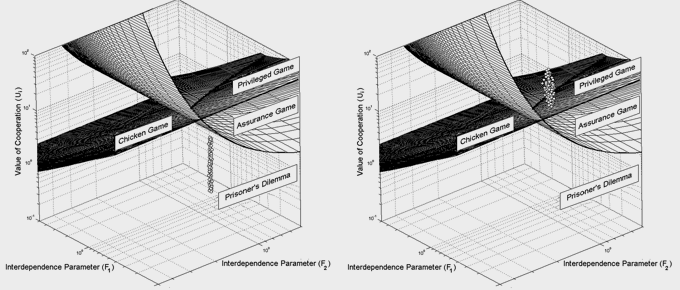Homophily, networks, and critical mass

Publications
Research Summary
Formal theories of collective action face the problem that in large groups a single actor makes such a small impact on the collective good that cooperation is irrational. Critical mass theorists argue that this ‘large group problem’ can be solved by an initial critical mass of contributors, whose efforts can produce a ‘bandwagon’ effect, making cooperation rational for the remaining members of the population. However, critical mass theory requires an explanation of how a critical mass can form in the first place. I present a model of collective action that solves this problem by showing how aspects of social structure – including network topology, homophily, and local coalition formation – can allow rational actors to endogenously form a critical mass. The findings indicate that as the mobilization effort becomes more ‘complex’, clustered networks and homophily become increasingly important for critical mass collective action.
Keywords: collective action, critical mass, large group problem, social networks, homophily

